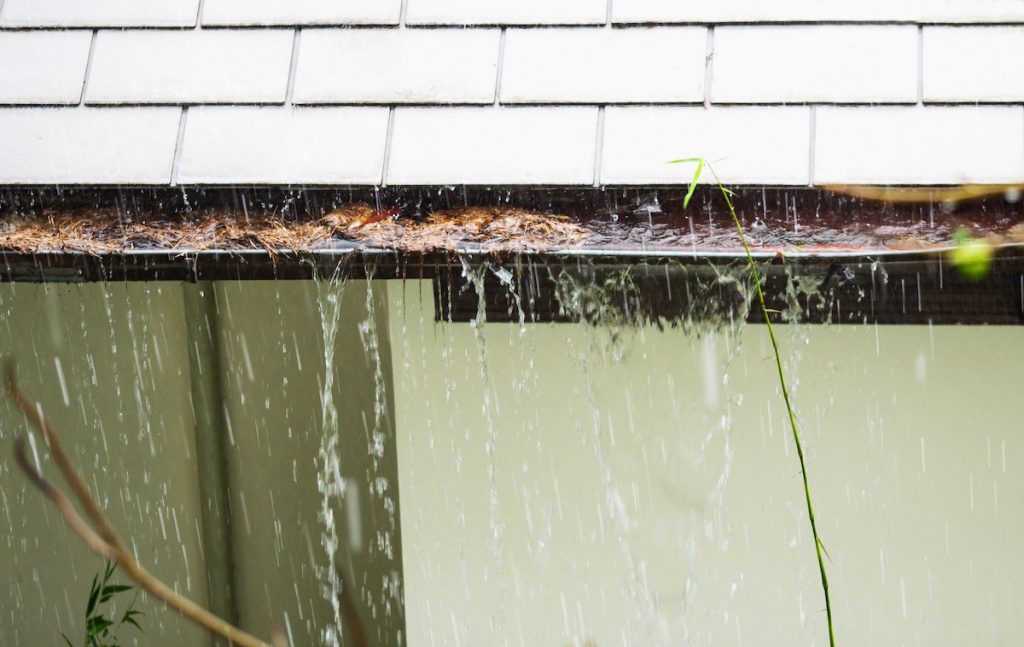Identify the Six Most Leak Factors Inside The Home
Identify the Six Most Leak Factors Inside The Home
Blog Article
We've unearthed this post pertaining to Common Water Leaks In House down the page on the internet and accepted it made good sense to write about it with you on my blog.

Leakages not only trigger waste of water but can also trigger unnecessary damage to your house and also promote unwanted organic growth. By looking and recognizing for day-to-day circumstances that create leaks, you can protect your house from future leaks as well as unneeded damages.
Encroaching roots
A lot of water leaks begin outside the residence rather than inside it. You may observe wet patches or sinkholes in your lawn, as well as that could indicate that tree roots are getting into water lines causing water to seep out.
Rusty water supply
This may be the cause of staining or warping on your water pipelines. If our plumbing system is old, take into consideration replacing the pipelines since they are at a greater danger of rust than the more recent versions.
Defective Pipe Joints
Pipeline joints can degrade over time, resulting in water leaks. If you have loud pipelines that make ticking or banging sounds, particularly when the hot water is turned on, your pipeline joints are probably under a lot of pressure.
Instant temperature level adjustments.
Extreme temperature level changes in our pipelines can create them to broaden as well as contract all of a sudden. This expansion and contraction may create splits in the pipelines, particularly if the temperature are below freezing. If you kept an eye on just how your plumbing works, it would be best. The existence of the formerly stated conditions regularly suggests a high risk.
Poor Water Connectors
At times, a leak can be caused by loose tubes and also pipelines that supply your appliances. In case of a water links leak, you may see water running straight from the supply line or puddles around your appliances.
Clogged Drains
Blocked drains pipes could be aggravating as well as inconveniencing, however they can in some cases end up causing an overflow causing break pipelines. Keep removing any kind of products that might decrease your drains that might block them to stay clear of such aggravations.
All the above are causes of leaks however not all water leaks arise from plumbing leaks; some leakages could come from roof leaks. All leakages should be fixed immediately to prevent water damages.
Leakages not only cause waste of water but can additionally create unneeded damages to your home as well as promote unwanted organic growth. By comprehending and also looking for day-to-day scenarios that trigger leakages, you can protect your home from future leakages and unneeded damage. Today, we will certainly look at six leak triggers that may be creating your pipes to trickle.
At times, a leakage can be created by loosened pipes and also pipelines that supply your appliances. In situation of a water connections leakage, you may see water running directly from the supply line or pools around your home appliances.
How To Check For Water Leak In Your Home
How To Check for Leaks
The average household's leaks can account for nearly 10,000 gallons of water wasted every year and ten percent of homes have leaks that waste 90 gallons or more per day. Common types of leaks found in the home are worn toilet flappers, dripping faucets, and other leaking valves. These types of leaks are often easy to fix, requiring only a few tools and hardware that can pay for themselves in water savings. Fixing easily corrected household water leaks can save homeowners about 10 percent on their water bills.
To check for leaks in your home, you first need to determine whether you're wasting water and then identify the source of the leak. Here are some tips for finding leaks:
Take a look at your water usage during a colder month, such as January or February. If a family of four exceeds 12,000 gallons per month, there are serious leaks.
Check your water meter before and after a two-hour period when no water is being used. If the meter changes at all, you probably have a leak.
Identify toilet leaks by placing a drop of food coloring in the toilet tank. If any color shows up in the bowl after 10 minutes, you have a leak. (Be sure to flush immediately after the experiment to avoid staining the tank.)
Examine faucet gaskets and pipe fittings for any water on the outside of the pipe to check for surface leaks.
Undetected water leaks can happen without the home or business owner even realizing. If you suspect a water leak, but not able to find the source. It is time to contact a professional water leak detection service, The Leak Doctor.
How To Find a Water Leak In Your Home
https://www.leakdoctor.com/blog/How-To-Check-For-Water-Leak-In-Your-Home_AE197.html

I was made aware of that editorial about How to Find Water Leaks through an acquaintance on another domain. Sharing is caring. Helping others is fun. Bless you for your time. Don't hesitate to check up our site back soon.
Immediate attention? Call! Report this page